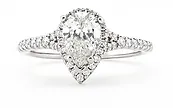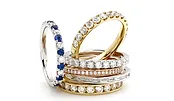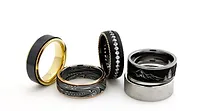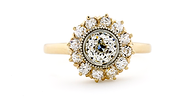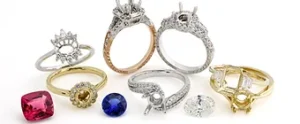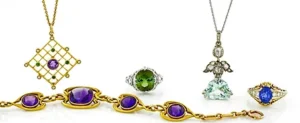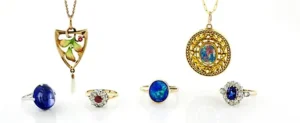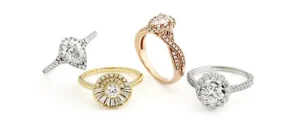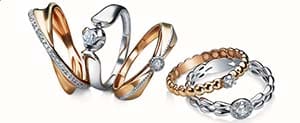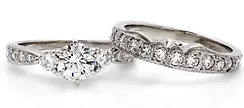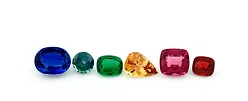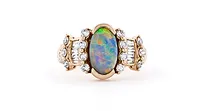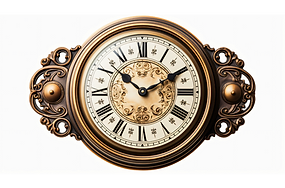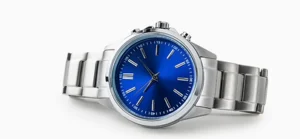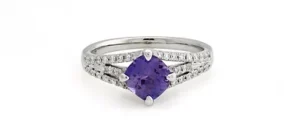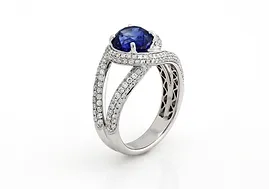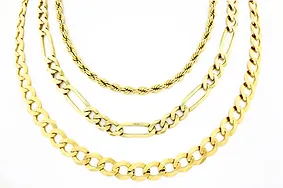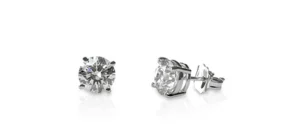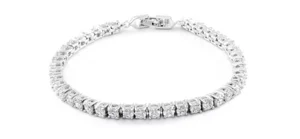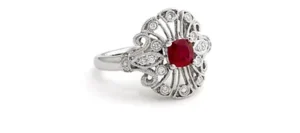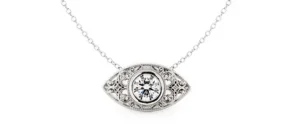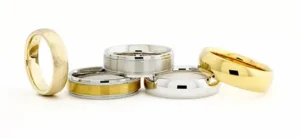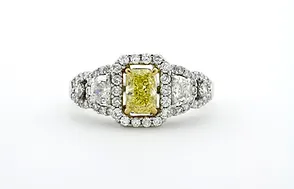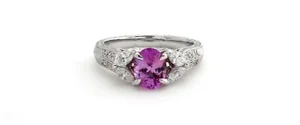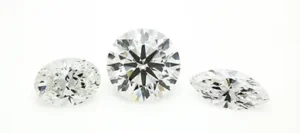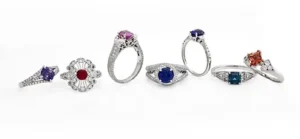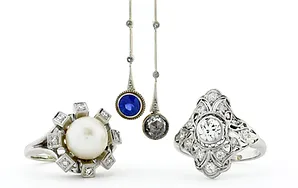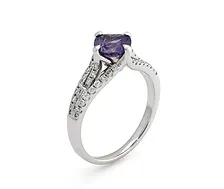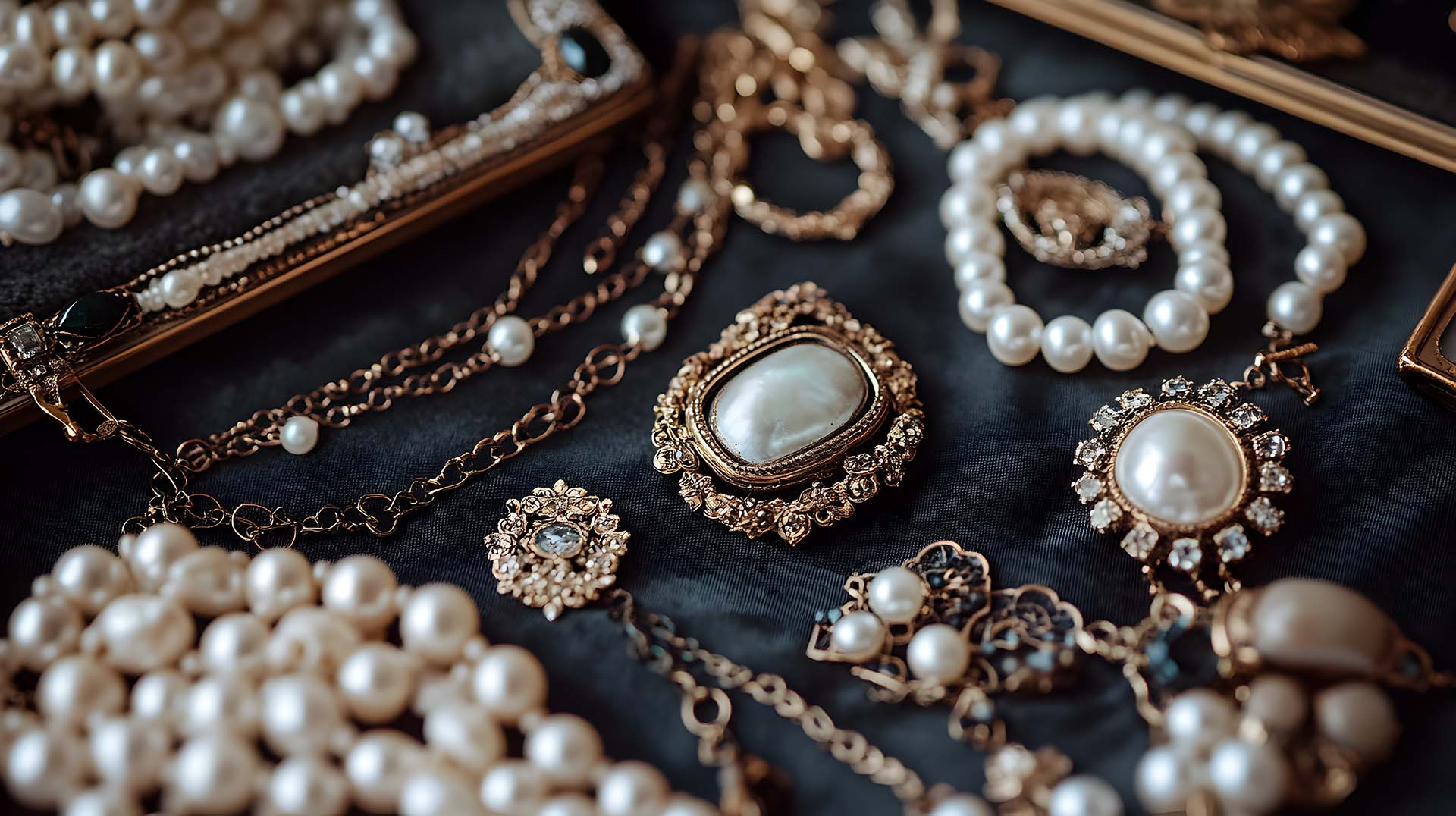Antique jewelry carries history, craftsmanship, and emotional value that makes it irreplaceable. Whether it’s a family heirloom or a piece you’ve collected over the years, caring for antique jewelry properly ensures it lasts for generations. While professional cleaning and maintenance are always recommended for fragile pieces, there are safe steps you can take at home to preserve their beauty.
This guide covers the essential do’s and don’ts of at-home care so you can keep your antique rings, necklaces, and earrings in excellent condition without causing damage.
The Do’s of Caring for Antique Jewelry
Do clean gently and regularly
Dust, skin oils, and everyday residue can dull antique jewelry over time. Use a soft, lint-free cloth to wipe your jewelry after wearing it. This simple habit keeps buildup from accumulating.
Do use mild cleaning solutions
If your jewelry needs deeper cleaning, use warm water mixed with a few drops of mild dish soap. Gently swish the piece in the solution, then rinse with lukewarm water and pat dry with a soft cloth.
Do check for loose settings
Antique pieces often have delicate prongs and clasps. Before wearing, check stones, hinges, and fasteners. If you notice looseness, avoid wearing the piece until a jeweler inspects it.
Do store jewelry properly
Store antique jewelry in separate, padded boxes or fabric pouches to prevent scratching and tangling. Keep it in a cool, dry place away from direct sunlight to avoid fading or warping.
Do wear with care
Antique jewelry is best reserved for low-risk occasions. Remove rings, bracelets, and necklaces before exercising, cooking, or handling household chemicals.
The Don’ts of Caring for Antique Jewelry
Don’t use harsh chemicals
Avoid bleach, ammonia, alcohol, and commercial jewelry cleaners that contain abrasives or acids. These substances can erode delicate metalwork and damage gemstones.
Don’t use ultrasonic cleaners
While ultrasonic machines are safe for many modern pieces, the vibrations can loosen antique settings and cause fractures in older stones.
Don’t scrub with brushes or rough cloths
Even a toothbrush can scratch softer metals and gemstones. Always use soft, non-abrasive materials.
Don’t expose jewelry to extreme heat
Boiling water, hot air dryers, or direct heat sources can crack gemstones and weaken solder points in antique designs.
Don’t ignore professional care
While at-home care is useful, professional jewelers should inspect antique pieces every year. They can tighten settings, polish safely, and repair damage before it worsens.
Balancing Preservation and Wear
Owning antique jewelry means finding the balance between enjoying your collection and protecting it for the future. By following safe at-home care practices and avoiding risky cleaning methods, you can extend the life of your jewelry while keeping its history intact.
Protecting the Value of Your Antique Jewelry
Even with the best at-home care, antique jewelry deserves professional attention to preserve its beauty and value. If your pieces don’t have documentation, don’t worry—an expert appraisal can provide clarity. With proper records, you’ll know the true worth of your jewelry, making it easier to insure, pass down, or even resell with confidence.
Ready to protect and maximize the value of your antique jewelry? Contact us today to schedule a professional appraisal and ensure your heirlooms are cared for the right way.

